Exploring the Art of Pottery: Techniques and Traditions
Pottery is an ancient art form that has transcended time, evolving from simple utilitarian objects to intricate pieces of fine art. Whether you’re a seasoned potter or a curious beginner, understanding the various techniques and historical significance of pottery can deepen your appreciation for this craft.
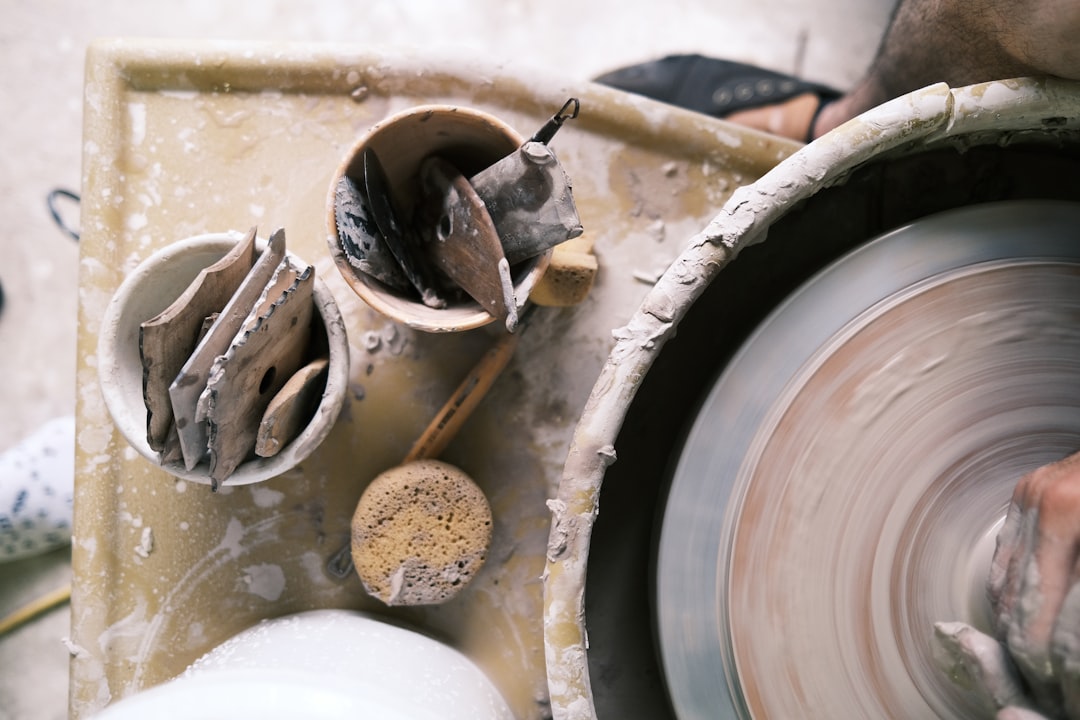
Throwing Clay on the Wheel
One of the most iconic techniques in pottery is throwing clay on the wheel. This method allows artisans to create symmetrical vessels with precision and finesse. For those interested in mastering this technique, learning the master techniques for pottery can be incredibly beneficial. The process requires patience and skill but offers a rewarding experience for those willing to practice.
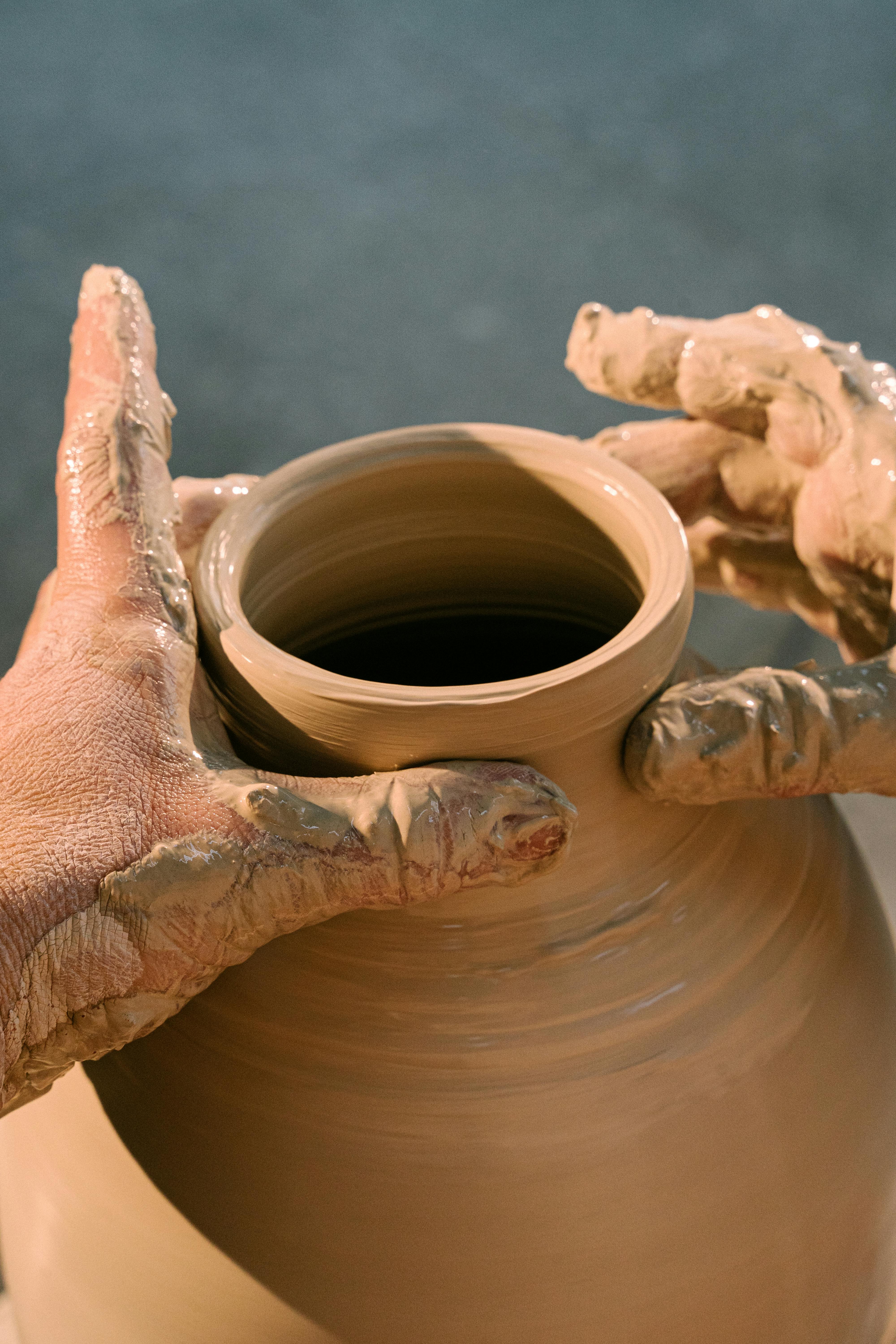
Understanding Bisque Pottery
Bisque pottery represents an important stage in the creation of ceramic art. After the initial shaping, pottery is fired for the first time, resulting in what is known as bisque ware. This stage is crucial as it prepares the piece for glazing and final firing. To dive deeper into the definition, history, types, and techniques of bisque pottery, exploring comprehensive resources is invaluable.
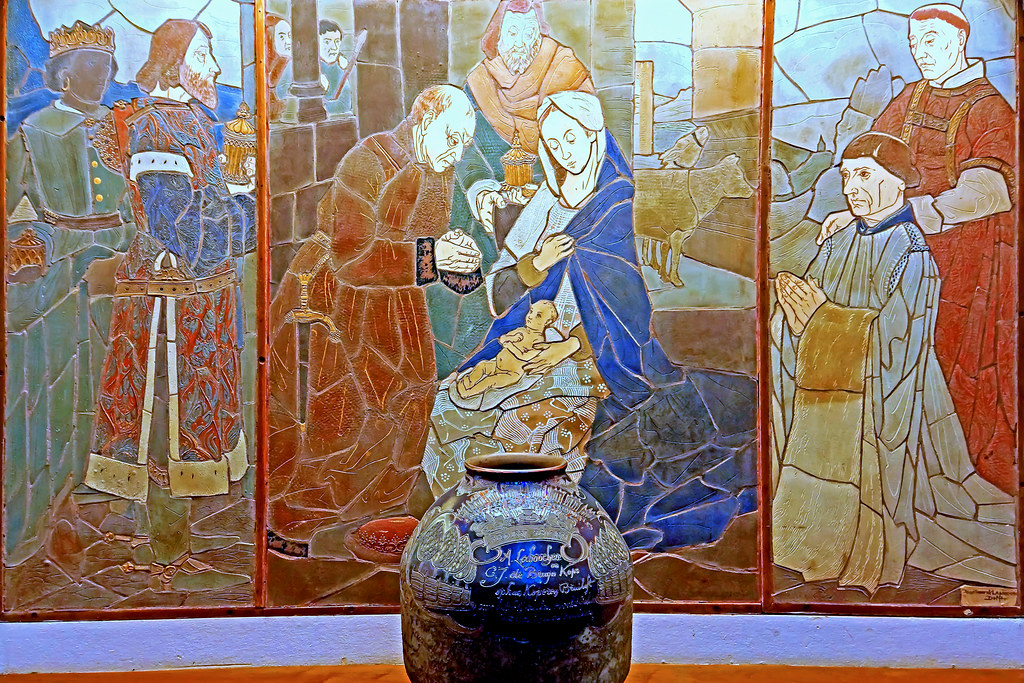
Slip and Score Techniques
The slip and score method is essential for any potter looking to join pieces of clay effectively. This technique ensures a strong bond by scoring the surfaces to be joined and applying slip, a liquid clay mixture. If you’re seeking guidance on this method, consider consulting the ultimate guide to clay pottery techniques for detailed instructions and tips.
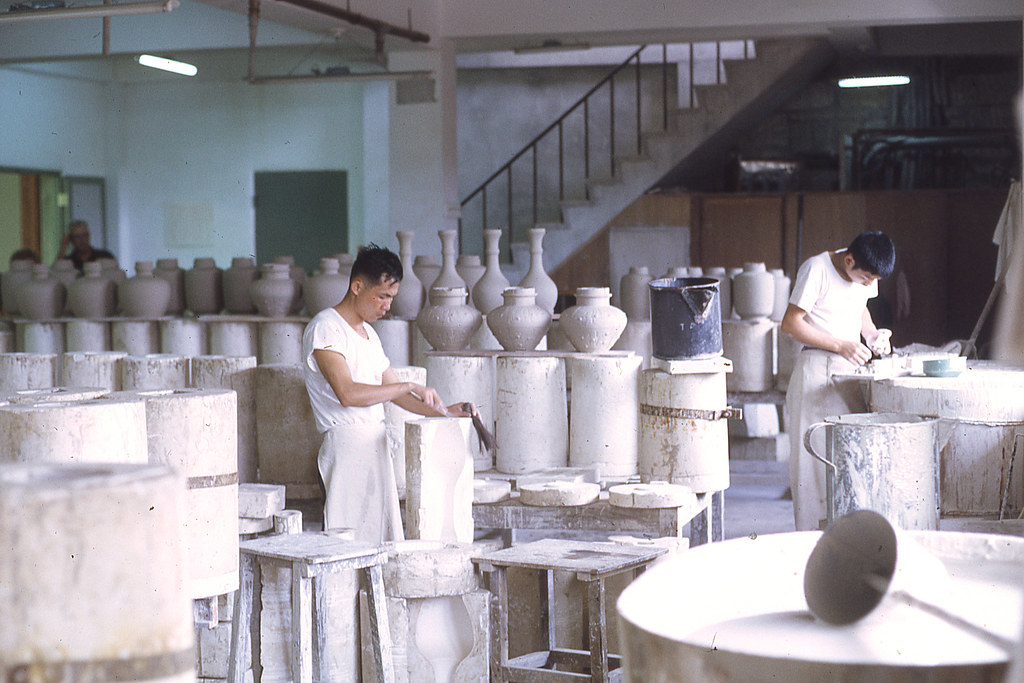
Exploring Pinch Ceramics
Pinch ceramics is one of the simplest yet most expressive forms of pottery. By pinching clay between the fingers, potters can create organic shapes and forms that embody their creative intent. For a comprehensive understanding of this approach, you may find insight in this comprehensive guide which covers the essentials of pinch ceramics.
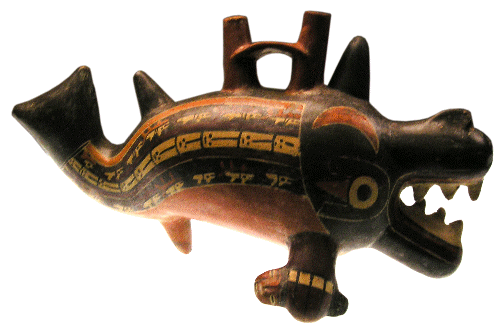
The Evolution and Continued Relevance of Pottery
Throughout history, pottery has adapted to reflect cultural shifts and artistic trends. From ancient civilizations crafting functional wares to contemporary artists pushing the boundaries of form and design, pottery remains a vibrant and relevant art form. For those interested in the latest developments and insights into the world of pottery, exploring the recent articles and content can provide a broader perspective.
In conclusion, pottery offers a versatile and mesmerizing journey through both history and creativity, inviting enthusiasts to experiment with diverse techniques and styles, each telling its own story through the art of clay.
What are the different shapes of pottery?
Pottery comes in many distinctive forms, each rooted in history and designed for specific uses. Here are some classic shapes you’ll encounter when exploring basic pottery:
• Amphora: A two-handled vase traditionally used to store or transport liquids like wine or oil.
• Hydria: Similar in form to the amphora but specifically intended to carry water, often with three handles for easier pouring.
• Lekythos: A tall, slender vessel with a narrow neck, commonly used for oils or perfumes.
• Jug: A versatile container with a handle and spout, suitable for everyday pouring.
• Cup: A timeless piece for sipping beverages and experimenting with handles or decorative elements.
• Lekanis: A covered dish for serving, storing, or presenting food items.
• Dinos: A large bowl with a wide opening, often used for mixing or serving communal dishes.
• Psykter: A unique vessel used in ancient times to chill wine by partially submerging it in cold water.
What to make as a beginner potter?
As a beginner potter, you’ll want to start with approachable projects that help you learn basic handbuilding or wheel-throwing skills. A few fun and creative ideas include:
• Pinch Pots: Small, simple bowls made by pinching clay between your fingers.
• Slab Pottery: Roll out flat pieces of clay to create boxes, tiles, or trays.
• Pottery Painting: Decorate pre-formed pieces or your own creations with glazes and underglazes.
• Jewelry Dish: A tiny tray perfect for keeping rings and bracelets in one place.
• Vase: Practice cylindrical shapes that can hold flowers or serve as decorative accents.
• Paint Palette: Design a custom mixing surface for your painting endeavors.
• Cookie Cutter Decorations: Create ornaments, gift tags, or fun shapes by using cookie cutters on thin slabs.
• Clay Spoons: Form functional or decorative spoons for your kitchen or as gifts.
What are the four main types of pottery?
Choosing the right clay type can affect everything from the look of your pottery to its durability. Four of the most common types include:
• Earthenware: Fired at lower temperatures, slightly porous, with a rustic feel.
• Stoneware: Fired at medium to high temperatures, robust, and versatile.
• Ball Clay: Known for its high plasticity and fine particles, often blended with other clays to improve workability.
• Porcelain: Fired at very high temperatures, prized for its smooth, delicate appearance and impressive strength.
What are the 5 basic building techniques in clay?
From simple handbuilt forms to precise wheel-thrown pieces, there’s a method for every potter’s style. Here are the foundational techniques:
• Hand-building: Pinch, coil, and shape clay directly with your hands for organic, tactile results.
• Slab Building: Roll out flat sheets of clay to construct boxes, tiles, or plates.
• Coiling: Layer rolled “snakes” of clay to build up walls and unique vessel forms.
• Throwing: Use a potter’s wheel to shape symmetrical items quickly and accurately.
• Extruding: Push clay through a die to create uniform shapes, like tubes or strips.
• Slip Casting: Pour liquid clay (slip) into a mold, allowing consistent, repeatable forms.
As we’ve explored, mastering basic pottery shapes is the first step towards creating beautiful and functional pieces. These fundamental forms not only lay the groundwork for more intricate designs but also help you understand the balance and proportion essential in pottery.
Stay Connected
I'd love to see your pottery journey! Feel free to share your creations and get inspired by others by following us on Instagram. Let's build a creative community together!
